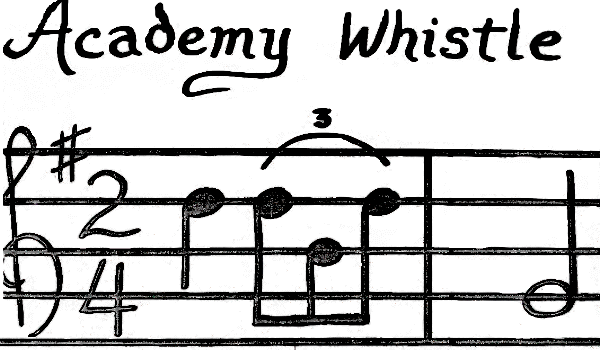Summerhouse of Emanuel Swedenborg
 According to the Rev. Nicholas Collin of Philadelphia, who visited Emanuel Swedenborg at his home in 1766, the charming summerhouse (Swedish lusthus) in his garden was “a kind of temple, to which he often retired for contemplation.” The summerhouse, which has been preserved and can be visited by the general public, has retained a special allure for those interested in Swedenborg’s theological writings. (For the quotation see R.L. Tafel, 1877, Documents Concerning the Life and Character of Emanuel Swedenborg, Vol. 2, part 1, p. 423.)
According to the Rev. Nicholas Collin of Philadelphia, who visited Emanuel Swedenborg at his home in 1766, the charming summerhouse (Swedish lusthus) in his garden was “a kind of temple, to which he often retired for contemplation.” The summerhouse, which has been preserved and can be visited by the general public, has retained a special allure for those interested in Swedenborg’s theological writings. (For the quotation see R.L. Tafel, 1877, Documents Concerning the Life and Character of Emanuel Swedenborg, Vol. 2, part 1, p. 423.)
The property (see diagram) on which the summerhouse originally stood was purchased by Swedenborg in 1743 and remained in his possession until his death in 1772. It was situated in southern Stockholm on Hornsgatan, near Lake Malaren. Swedenborg’s summerhouse stood at the far end of his property and could be reached from his house by a path leading through the garden. During Swedenborg’s time the summerhouse was connected to two other structures on either side—a garden shed to the north, and his library to the south. The exterior of the house was painted yellow, a typical Swedish color, with vertical boards in a contrasting color providing a visual accent to the structure’s exterior. A visitor in the 1860s described the colors as “dark red lines [presumably the vertical boards] on yellow ground, with white window frames and a black roof . . .” (see the online article Swedenborg’s Property). (more…)







































